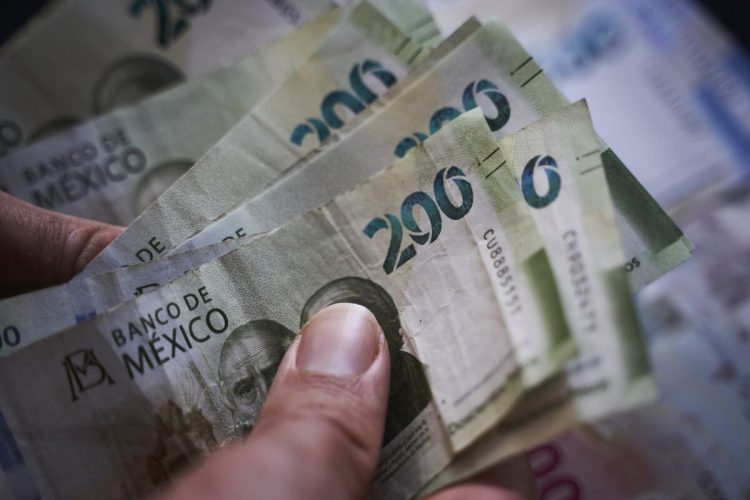In a dramatic turn in currency markets, the Mexican peso has seen significant losses as global investors move away from riskier assets and unwind carry trades. On Monday, the peso weakened 2.3% against the US dollar, marking the worst performance among currencies tracked by Bloomberg.
The peso’s decline is part of a broad selloff in risk assets, exacerbated by growing concerns about the Federal Reserve’s response to a slowing U.S. economy. Investors have shifted their focus toward the safety of bonds, which has contributed to the peso’s slide.
This crash has had a notable impact on carry operations, investment strategies that involve borrowing in currencies with low interest rates to invest in higher-yielding assets. As traders exit these positions, the Mexican peso, often the target of these trades, has suffered significant losses. The situation has intensified volatility in currency markets, leading to greater uncertainty.
Bloomberg reports that the peso’s performance is the worst among tracked currencies, with the Australian dollar also seeing a drop, albeit less severe, of 0.7%. Market dynamics have been further complicated by a rise in the value of currencies typically used to fund carry trades, such as the Japanese yen and Chinese yuan. The yen appreciated by about 3%, and the yuan gained 0.8%, reflecting a shift away from riskier assets.
Brad Bechtel, global head of FX at Jefferies LLC, described the current market environment as a “carry sell-off,” highlighting the magnitude of deleveraging occurring across asset classes. This deleveraging has been particularly impactful in the currency space, where the peso has been one of the most affected currencies.
With the Federal Reserve’s response under scrutiny and global investors seeking refuge in safer assets, the outlook for the peso remains uncertain. Alvin Tan, head of Asian currency strategy at Royal Bank of Canada, noted that August’s volatility, combined with low liquidity due to summer holidays in North America and Europe, is contributing to market instability.
As traders continue to unwind carry trades, the performance of the Mexican peso is expected to remain volatile. This situation underscores the challenges emerging market currencies face in the current global financial climate.











